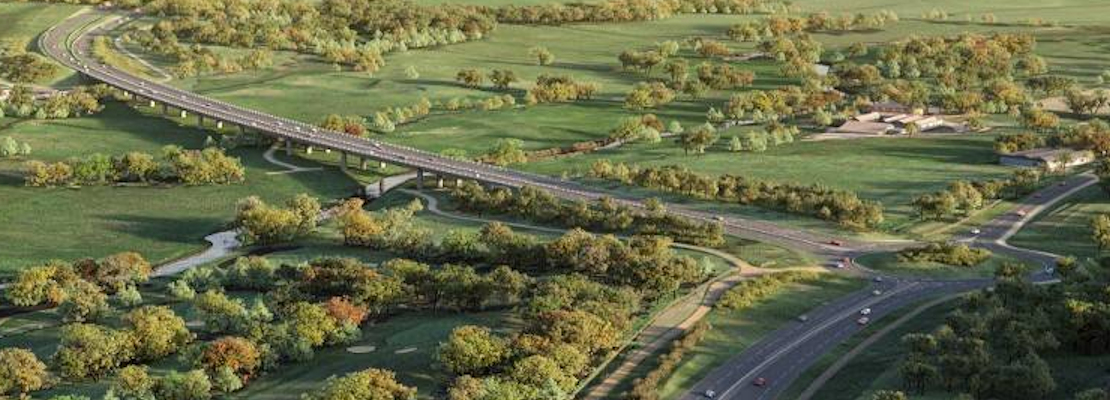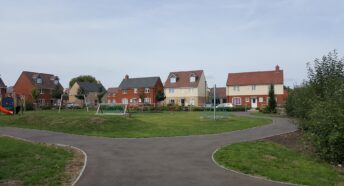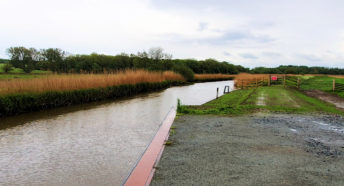A bridge too far? Norwich’s North Western Link Road
A summary look at the proposed North Western Link Road, using the publicly reported general data.
Background
One of the most headline-grabbing civil engineering projects around Norwich has been the Northern Distributor Road (NDR) known as the Broadland Northway. There is now the proposed extension called the North Western Link Road (NWL). Measuring just under 4 miles, this would connect the Broadland Northway to the A47 through the Wensum Valley, partially via an elevated roadway.
This would connect to the A47 southern bypass and complete a new outer ring road for Norwich.
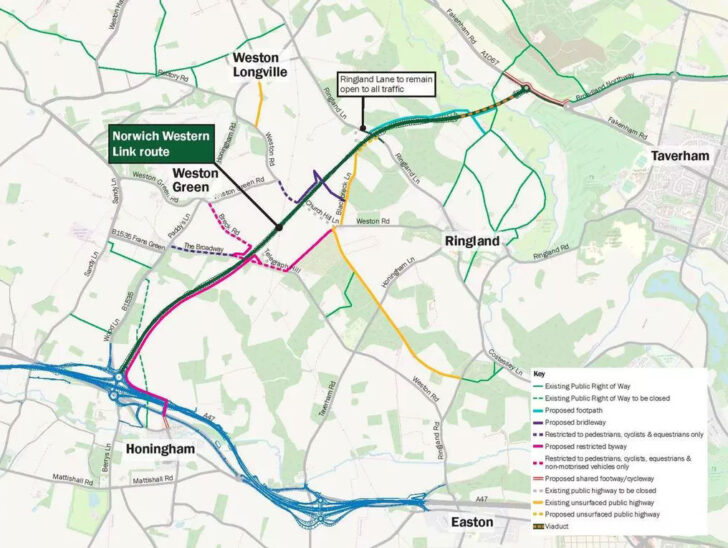
The government will fund 85% of the £251m cost of the North Western Link Road. This cost could rise when the long-term cost of borrowing is factored in, potentially increasing to £400m. Uncertainty remains even with this funding announcement, particularly as planning consent still has to be obtained.
The issue is now polarised between Norfolk County Council (NCC) and the supporters of this link road and those opposed, which includes environmental groups. Residents in the Wensum Valley fall into both these camps.
So, what is the right decision – to build or not to build?
We need to consider the suitability of the Broadland Northway, the economic growth question, the environment, benefits to Wensum valley communities, the other identified benefits, any hidden issues, and the alternatives.
The Broadland Northway – is it a suitable bypass?
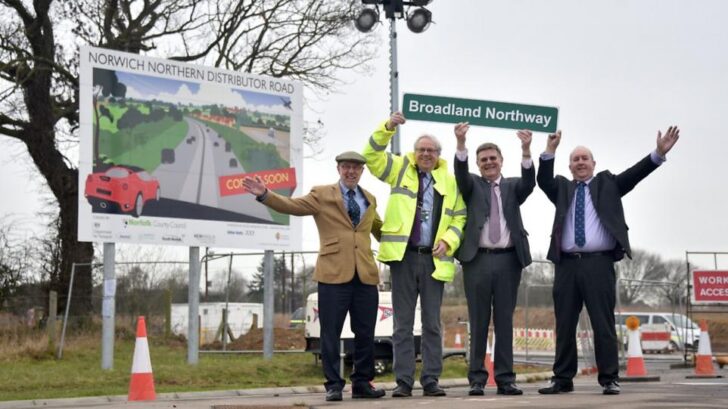
It is worthwhile reviewing the suitability of the Broadland Northway to take more traffic.
This road proposal was a very long-running story. It only gained governmental support at the time of the proposed eco-town, (which has never materialised), together with the other development proposals to the northeast of Norwich. In other words, this road was constructed to enable the building of many thousands of houses to the northern side of Norwich.
Other proposals were made at the time which included improved links into Norwich, particularly through bus routes and non-trafficked green ways for pedestrians and cyclists. The Broadland Northway remained as the go-to solution for Norfolk County Council, and it was finally financed, built, and further extended to Taverham and the Fakenham Road, very close to the Wensum Valley. This proximity to the Wensum Valley and the A47 in its dual carriageway form resulted in it being seen by many as a northern bypass. It just lacked a link to the A47 to provide a complete circular route around Norwich.
It is important to note that the Broadland Northway was not specified in the same way as the A47 southern bypass. The A47 has junctions which allow traffic, cyclists and pedestrians to flow more freely, and certainly more safely than those on the Broadland Northway. The roundabouts on the Broadland Northway are notorious and do not have safe or free flowing crossing points for key routes serving Norwich, often causing congestion in and out of the city.
It has ended up as a compromise road, for many the worst of all worlds.
The conclusion must be that unless extensive work is done to the Broadland Northway, it cannot serve as a northern bypass. By joining it up to the A47 at its western end a northern bypass will be created, something which the current road does not appear to be designed for.
It is also worthwhile looking at the delivery cost of the Broadland Northway project. Originally costed at £117m, the final cost will be in excess of £205m for this 12.4-mile road.
The Norfolk County Council View
We can base our view on whether this link road should be built on the published list of benefits as published by Norfolk County Council.
We must bear in mind the following statements –
A statement from Norfolk County Council’s Environment, Development and Transport Service Committee – Wensum Valley Link 18 September 2014
“In 2005, as part of the development of the NDR project, Cabinet agreed that the NDR should be progressed from the A47 at Postwick to the east of Norwich to the A1067. The main reason for not including a link across the Wensum Valley was due to its status as a Special Area of Conservation (SAC), protected due to its international importance in biodiversity conservation.”
A statement from a report to Norfolk County Council. Northern Distributor Road – Stage 2 Scheme Assessment Report. Mott Macdonald
“Policy 31: Reducing the impact of transport on the environment, maximising the use of existing transport infrastructure and only proposing or supporting new projects where they respect the countryside, valued landscapes, natural habitats.”
We know bodies like Norfolk County Council do not always listen to advisors and are adept at making U-turns. This is what has happened even though this advice is still pertinent.
But accepting there is a change of mind against advice, here are the benefits cited by Norfolk County Council for the new road –
- Significantly reduce many journey times to the west of Norwich, with some more than halving, and shortening response times for many ambulances travelling to the Norfolk and Norwich University Hospital.
- Lead to a reduction in carbon emissions from vehicles by making many journeys more efficient, which supports local and national carbon reduction targets.
- Boost Norfolk’s economy and support its businesses by reducing transport costs, opening up new markets and increasing productivity through quicker and more reliable journeys.
- Improve road safety with 500 fewer accidents involving motor vehicles over 60 years.
- Take traffic off unsuitable local roads with a reduction of approximately 80% in traffic through Weston Longville, leading to improved air quality in residential areas and supporting people to walk, cycle and use public transport.
- Create new habitats and improve existing ones across a wide area to the west of Norwich to support a range of wildlife and provide connectivity through green bridges and wildlife underpasses.
That sounds like the North Western Link Road is a winner but let us look at each of these points in more detail.
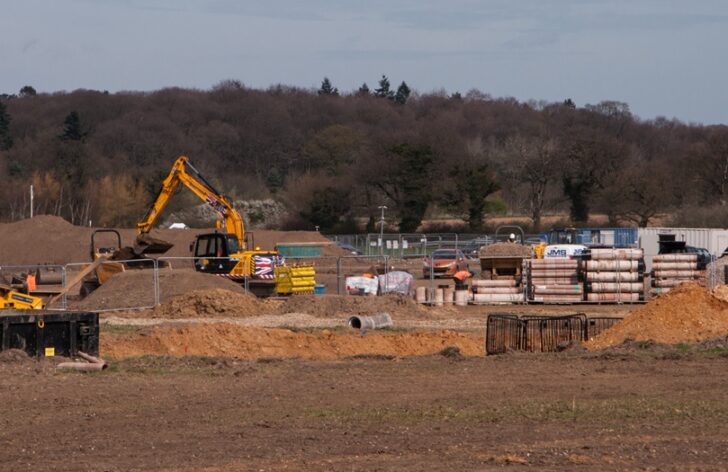
Cited benefit 1 – Significantly reduce many journey times to the west of Norwich, with some more than halving, and shortening response times for many ambulances travelling to the Norfolk and Norwich University Hospital.
All new roads generate more traffic, but until this happens significantly there will be improvements in journey times. For people making single journeys this benefit is nominal or insignificant, but for commercial traffic and commuters it will feel very worthwhile whilst it is maintained. And any improvement for ambulance journey times is welcomed.
Cited benefit 2 – Lead to a reduction in carbon emissions from vehicles by making many journeys more efficient, which supports local and national carbon reduction targets.
This claim must be dismissed absolutely, for two reasons.
-
- The carbon emissions during the construction phase are very significant and will add huge amounts of carbon into the atmosphere.
- With the decarbonisation of vehicles in the relatively short term, we will not see any support for any carbon reduction target.
Cited benefit 3 – Boost Norfolk’s economy and support its businesses by reducing transport costs, opening up new markets and increasing productivity through quicker and more reliable journeys.
Councils always claim benefits to the economic life of the area from construction of new roads, both from journey time reductions and from increased local business activity and the attraction of new business from outside the area. In the case of the North Western Link Road, the calculated benefits (which are not large) arise primarily from a reduction in journey times.
CPRE research has shown that nearly all new road schemes do not deliver any benefits, just generate more traffic and eventually congestion.
Cited benefit 4 – Improve road safety with 500 fewer accidents involving a motor vehicle over 60 years.
Any saving in accidents is a very worthwhile aim, even at around 8 per year. However, the Broadland Northway has seen a high rate of accidents, so it may be by increasing traffic on that road it could suggest a reduction is optimistic. If accidents were to happen at higher speeds on the North Western Link Road would this mean more serious injuries would be sustained?
Such accident reduction calculations are projections, and CPRE research has found evidence that in some cases accident rates rise, despite prior claims.
Cited benefit 5 – Take traffic off unsuitable local roads with a reduction of approximately 80% in traffic through Weston Longville, leading to improved air quality in residential areas and supporting people to walk, cycle and use public transport.
The traffic on the local valley roads will reduce if the North Western Link Road is constructed. If there is less traffic and some off-road cycling opportunities, this is a local benefit.
However, it is a stretch to suggest the use of public transport will change. This will require a far higher level of investment in our public transport infrastructure and level of services provided, and is not one of this project’s outcomes. This could be achieved in any case without the North Western Link Road.
The reduction of traffic suggested for Weston Longville will assist in improving air quality. However, this will occur by the decarbonisation of our transport system, so the benefits for the area will accrue in any case.
Light and noise pollution must also be considered. Whilst it is always difficult to judge, there is no doubt the Broadland Northway did bring additional noise pollution to its neighbouring areas. The period of construction will be particularly disruptive to the area.
Cited benefit 6 – Create new habitats and improve existing ones across a wide area to the west of Norwich to support a range of wildlife and provide connectivity through green bridges and wildlife underpasses.
Construction of the North Western Link Road will cause very significant environmental damage to the Wensum Valley, environs, and its rare species.
Norfolk County Council say that they are setting out to achieve a ‘net biodiversity gain’. However, a major sensitive area of habitat will be significantly disrupted during the construction process and a huge area of habitat permanently destroyed. Moving habitats to adjoining areas to protect the rarest species is an aim, but this is very difficult to achieve. It will have the negative side-effect of changing other areas of habitat as a result.
We have to conclude the North Western Link Road will cause a biodiversity catastrophe, with a loss of rare protected species and the loss of habitat for many others.
What evidence is there to support the North Western Link Road?
The supporting statements above are a mixed bag, with key benefits cited as being to the economy, quicker journey times, reduced accident rate, and benefits to the communities within the Wensum Valley. The basis of the claims can only be speculative and based on averages, but based on CPRE research these benefits may prove optimistic over time.
You can read this research by clicking on the following links.
The Impact of Road Projects in England, Transport for Quality of Life, March 2017
The end of the road? Challenging the road-building consensus
There appears to be a very good case for suggesting that no carbon reduction will accrue as a result of this road, and it is beyond doubt that the environmental impact will be more than substantial. Communities in the area are likely to see a variety of impacts, but again difficult to predict.
The hidden issue for West Valley residents
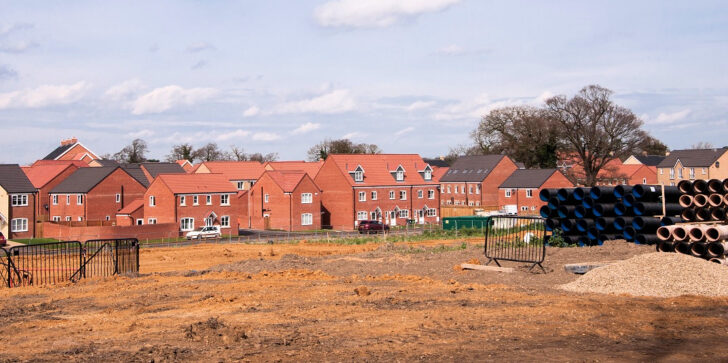
The one thing that remains in the background is the major question about this road opening up the land to the northwest of Norwich for housing development.
This is a hidden issue, but should large developments occur, this will generate much more pressure on the local roads as new local residents use the area for recreation.
If we look at what has transpired elsewhere along the Broadland Northway, this is an important question with new and potentially large-scale development expected in the near future.
What alternatives exist?
You will form your own view about whether the scheme is justifiable, but before finalising any view we should look at the alternative options.
£251m as a minimum spend is a huge cost for under four miles of road. Could this money be spent better, or does it need to be spent at all?
The scheme has yet to obtain planning consent, and under current guidelines around the environmental impacts, that application should fail. So rather than increase the £38m spend to date by Norfolk County Council, perhaps we should look at whether a Plan B exists that could minimise the downsides and still accrue some of the desired benefits. These benefits should be –
- Reducing rat running through the valley
- Giving traffic a better route to the A47
- Protecting the integrity of this sensitive and hugely significant part of our environment
Alternative 1 – Not doing the scheme
The main advantage to this is zero cost and disruption. However, there clearly are issues with traffic volume between the end of the Broadland Northway at Fakenham Road and the A47, exacerbated by the extension of the Broadland Northway from the airport.
But even before this, there was an issue that needed attention so the ‘doing nothing’ option will create a campaign to get something done!
Alternative 2 – An alternative route
In the original consultation, a number of routes were suggested including a ‘green route’. All had disadvantages, but the route with the biggest environmental damage was selected. Should these alternative routes be revisited? A two-lane road with no junctions (allowing use by through traffic only) would facilitate a free flow of traffic between the A47 and Broadland Northway.
This could use a less environmentally damaging route, especially if built close to the developed area of Norwich.
Alternative 3 – A scheme with no new road building
There are schemes that deter and prevent rat running. It is a great pity Norfolk County Council have not worked with communities to install measures many years ago – the communities will have been suffering unnecessarily. Physical measures, including narrowed roads, one-way systems, no through roads and speed tables inconvenience all road users including residents.
However, there is also ANPR (automatic number plate recognition) which can track vehicles in and out of an area, and can be used to support a ‘resident only designation’. Such a scheme could only be used for vehicles that travel through the area in less than a specified time, so would not affect residents or deter visitors. Emergency vehicles would be exempted.
You pays your money ….
If this was my £251m, with the risk of the figure rising, the lack of certainty about benefits and the catastrophic environmental impact, I would want the ANPR scheme trialled, with some of the money invested in better public transport.
This can be monitored and impacts assessed. If more intervention is required this could be achieved through a far more modest road link via a far less damaging route.
Such an approach is sustainable, will improve environments for communities, and is the direction of travel we have to follow in our climate and biodiversity emergency.
You can read far more about the scheme and its impacts by clicking on these links –
Norfolk Wildlife Trust – NDR Western Link
Stop the Wensum Link
Norfolk County Council – Norwich Western Link
